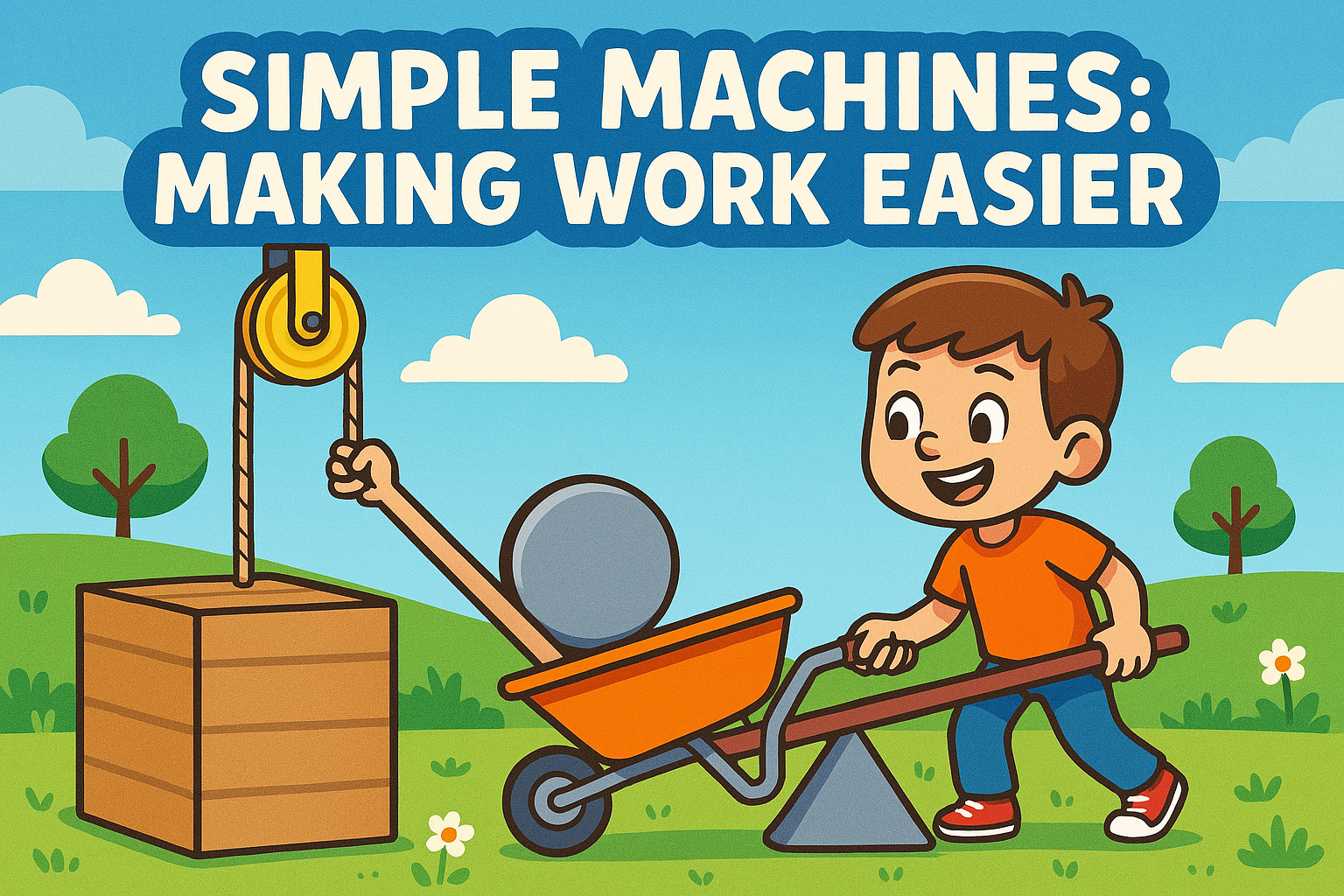Work Smarter, Not Harder: The Science of Simple Machines Explained (Q&A)
Q & A - Work Smarter, Not Harder: The Science of Simple Machines Explained
Understanding physics doesn’t need to be intimidating. This topic—simple machines—is a great place to start. It focuses on everyday tools like levers, pulleys, ramps, and wheels that help us do things more easily. These are called “simple machines” because they use basic mechanical principles, but their impact is massive. For example, a seesaw is a lever, and a screw-top jar uses the same science as ancient water-lifting tools.
This Q&A sheet is designed to help you explain these ideas at home. You don’t need to be a physics expert. We’ve included easy-to-follow answers that explain difficult words (like “mechanical advantage,” which means how machines make effort easier). The questions are based on the sorts of things children naturally ask, and they work well for mixed ages from 8 to 16.
There’s no pressure to complete everything in one go. You might talk about one machine while using tools in the garden, or notice one during a DIY project. This topic fits naturally into home life and can lead to great discussions, hands-on activities, or follow-up reading. You can build, draw, compare, and most of all—talk. It’s all about learning together at your own pace.
This topic is part of our Info Zone collection. You can read the full topic, once logged in, here: Work Smarter, Not Harder: The Science of Simple Machines Explained
You’ll also find a full Lesson Plan and a handy Parent Q & A sheet, for this topic, ready to use..
Members Only
You need to be registered and logged in to access this Q and A sheet and all other learning resources, games and quizzes.
